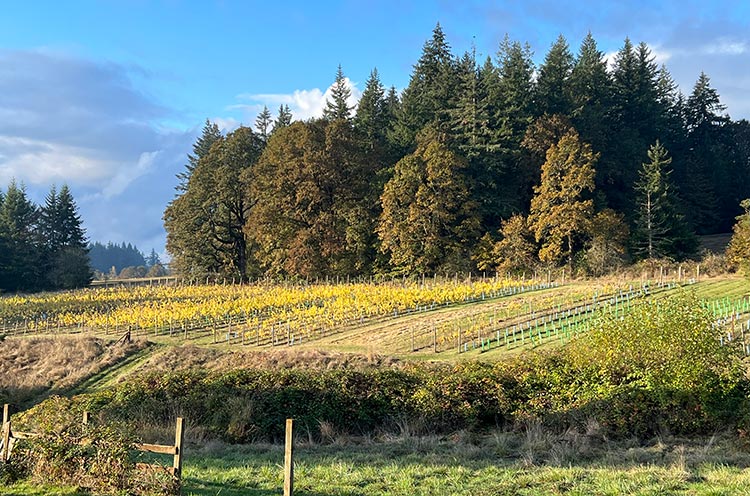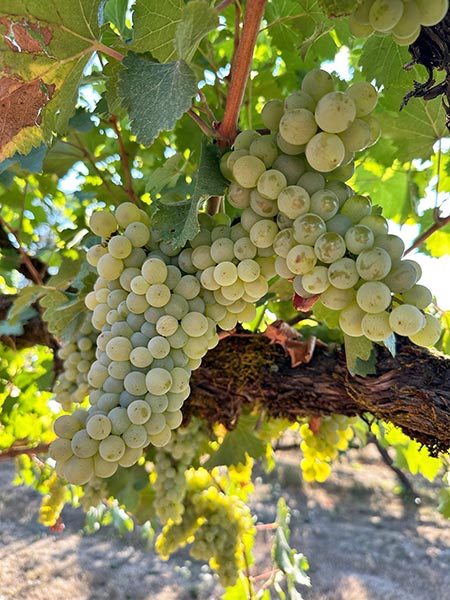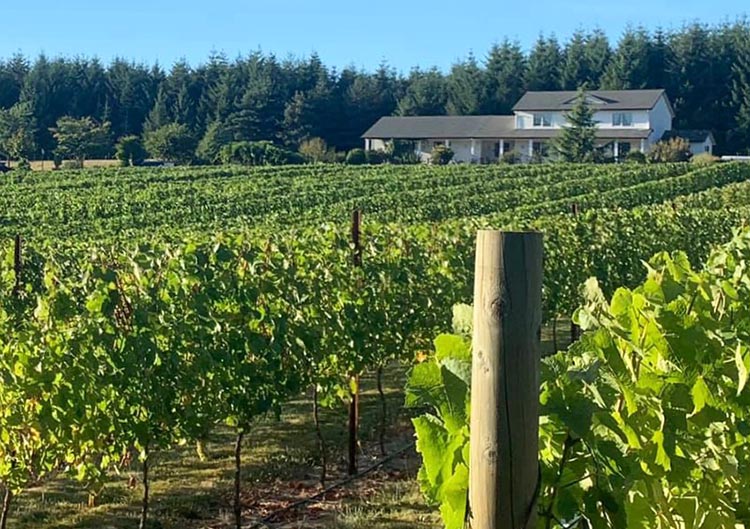

Battle Ground, WA — The Southwest Washington Winery Association, the State of Washington, and historic Fort Vancouver are celebrating 200 years of wine grape growing this year. Commonly known as viticulture, it includes all forms of growing grapes whether for wine, eating, and even raisins, and in the Pacific Northwest, it all started at Fort Vancouver two centuries ago.
In 1825, shortly after the establishment of Fort Vancouver in what is now Clark County, WA grape seeds from Europe found their way to the Pacific Northwest. There are several stories of how grape seeds might have come to the area, as described in the 1997 history book, The Wine Project—Washington State’s Winemaking History, authored by Ronald Irvine and Walter J. Clore. Irvine is a former retailer of Washington state wines and a winemaker. He is also a contributor to numerous Pacific Northwest publications. Dr. Walter J. Clore was named “Father of Wine” by the Washington State legislature. As a horticulturalist, he consulted and worked with numerous individuals, businesses, and organizations to help them plant, nurture and grow premium wine grapes in the state. The WSU Walter Clore Wine and Culinary Center in the Tri-cities is named after him.
Wine industry historian Ron Irvine contends that the most likely scenario regarding those first grape seeds is that they were brought by George Simpson, the governor of the American operations of the Hudson’s Bay Company. Simpson came to Fort George, the former Fort Astoria, during an inspection tour in 1824. However, Fort Vancouver was being established at that time (1824-1825), and Simpson decided it had agricultural advantages over Fort George. Irvine suggests that the seeds possibly were sent by Governor Simpson with instructions to the founders of Fort Vancouver to become self-reliant. Thus, the first known planting of grapevines in what is now the state of Washington occurred at Fort Vancouver in 1825, some 200 years ago.
Agriculture was essential to the residents of the Fort and the region. Apples also thrived in the area and numerous vegetables were planted to sustain the members and families of the Hudson’s Bay Company. A nursery was established and grape cuttings were sold to farmers and settlers throughout the northwest by the company, according to Irvine.
Washington has become a leader in viticulture since then, with over 1,000 wineries in operation today, and more than 50,000 acres of grapes planted in vineyards across the state. These vineyards produced 151,000 tons of grapes in 2024, according to the Washington Wine Commission. Washington ranks second, only to California in grape and wine production, and it all started at Fort Vancouver, the birthplace of Washington viticulture.

In Southwest Washington, and primarily the south and western parts of Clark County, there are more than 20 wineries in operation today and over 140 acres of vineyards. Grapes grown in this area are considered cool climate grapes, which tend to thrive in the soils and sloping fields of the area. They include:
• Pinot Noir
• Chardonnay
• Pinot Gris
• Riesling
• Sauvignon Blanc
• Gamay Noir
• Pinot Meunier
• Gewurztraminer
• Marechal Foch
• Golubok
• Zweigelt
• Cayuga
• Siegerrebe
The Southwest Washington Winery Association (SWWA), was established in 2016 to promote and support the wine grape industry in this region. It has submitted a petition to the Tax and Trade Bureau (TTB), part of the Department of the Treasury, to recognize Southwest Washington as an official American Viticultural Area, or AVA. It is in pending status awaiting publication of proposed Rulemaking by TTB.
For more information about viticulture in Southwest Washington visit www.SWWAwine.com.
Submission by Roger Rezabek, founder of Rezabek Vineyards in Battle Ground, WA
